Construction firms
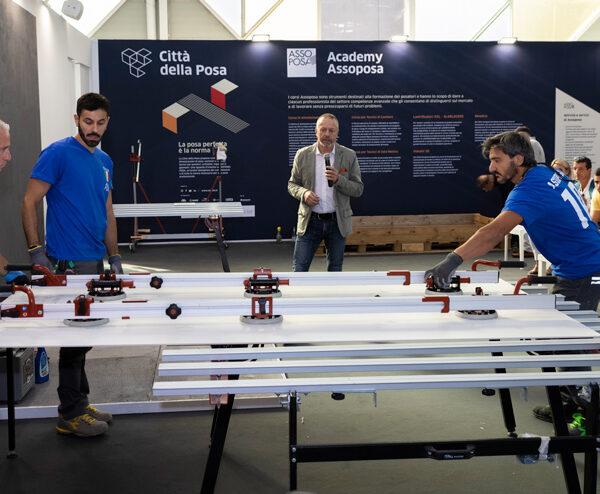
Tile installer training: two agreements signed
A focus on continuous training to improve the professionalism of tile layers and showroom personnel
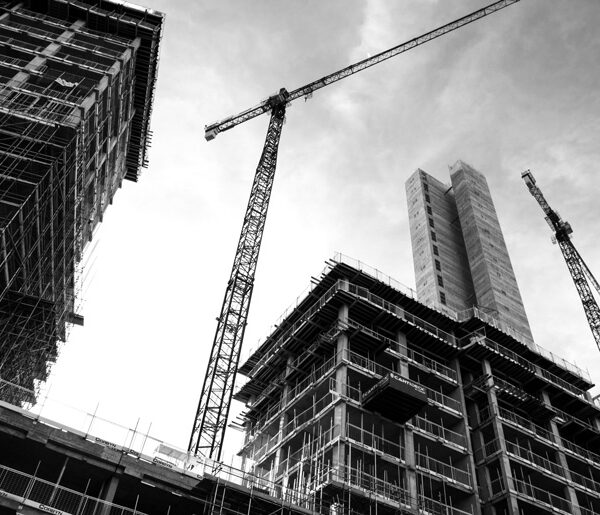
Healthcare and residential are the most dynamic real estate segments in 2023
Within an overall declining market, the worst-performing real estate sector is logistics. Investments in the North American market have reached their lowest point
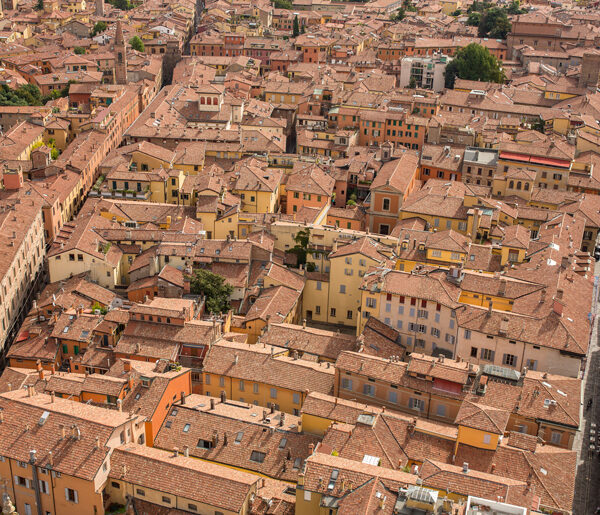
A conference on projects in the city of Bologna financed under the NRRP programme
The conference programme for Cersaie 2023 will include an event exploring one of the most powerful drivers of urban development and regeneration in Italy
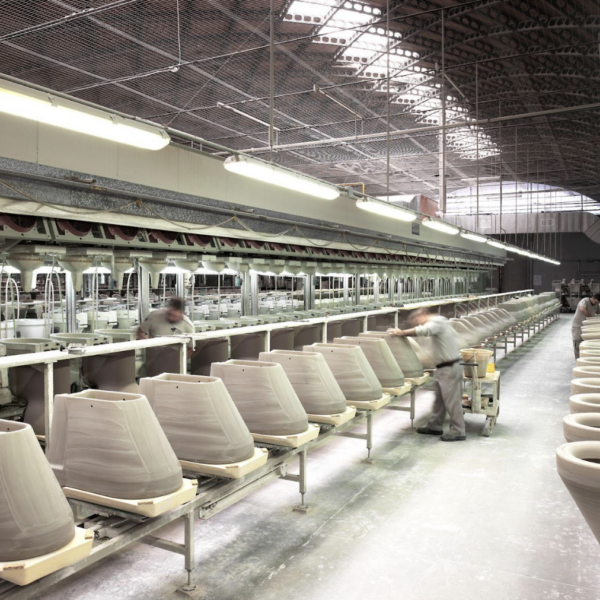
The reuse of ceramic sludge
Studies conducted by Centro Ceramica in Civita Castellana in collaboration with a number of local companies have demonstrated that sludge from sanitaryware production can be reused in the ceramic tile production process and in other sectors. Eco-friendly management of ceramic waste reduces companies’ environmental footprint and allows for cost savings.
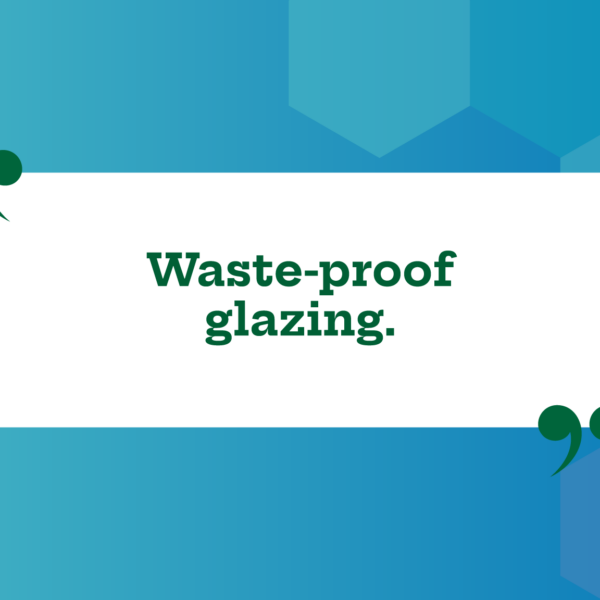
Waste-proof glazing
For years, several Italian ceramic companies in Civita Castellana have been working on the innovation of their industrial processes, to produce sanitaryware and bathroom furnishings with minimum environmental impacts. Particular attention...
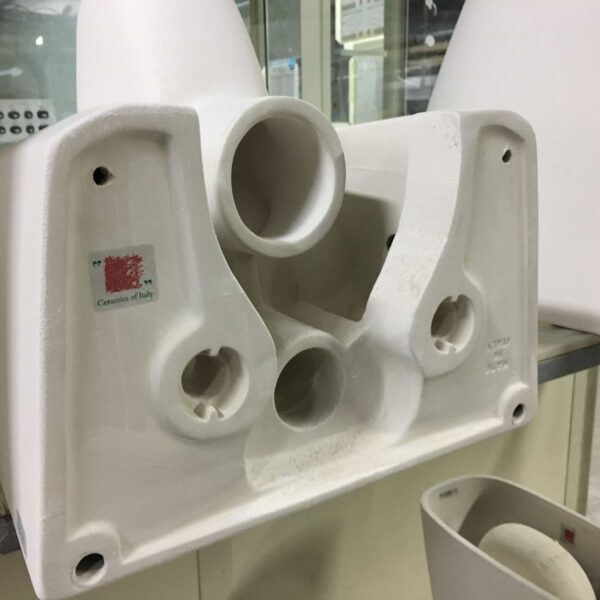
Certifications: when quality is sustainable
Italian ceramic sanitaryware producers are committed to sustainable development strategies. High quality ceramic production is entirely consistent with a reduction in environmental impact. The entire industrial process from raw materials through to end-of-life disposal of the finished product complies with the most important European and international certifications.
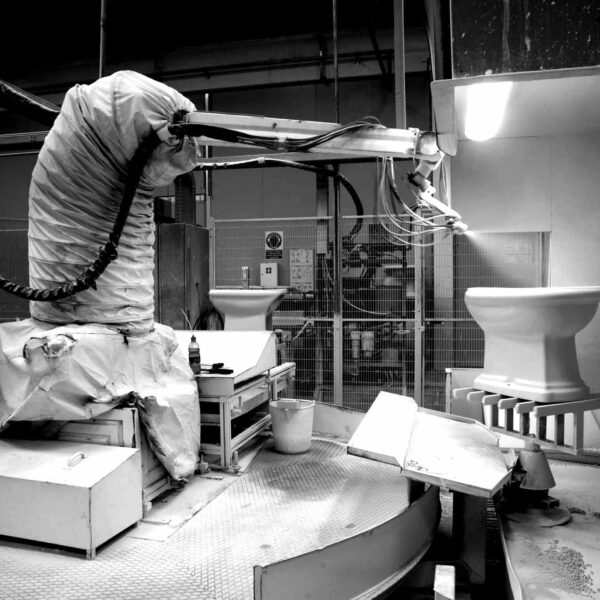
Ceramic glaze recovery
Ceramic sanitaryware producers recover and reuse glazes originating from the vitrification process. This improves sustainability and complements the companies’ efforts to further reduce their environmental impact and cut raw material consumption.
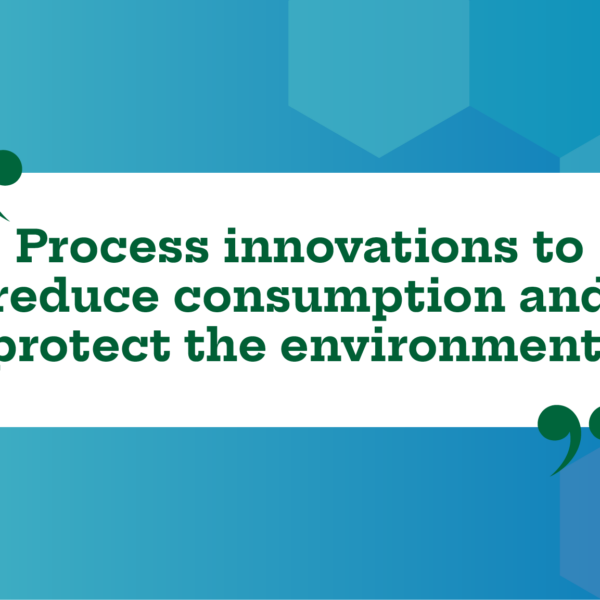
Process innovations to reduce consumption and protect the environment
Italian ceramic sanitaryware is produced with the utmost attention to the environment. Ever since the 1980s, factories in the Civita Castellana cluster have been introducing recycled raw materials into their...
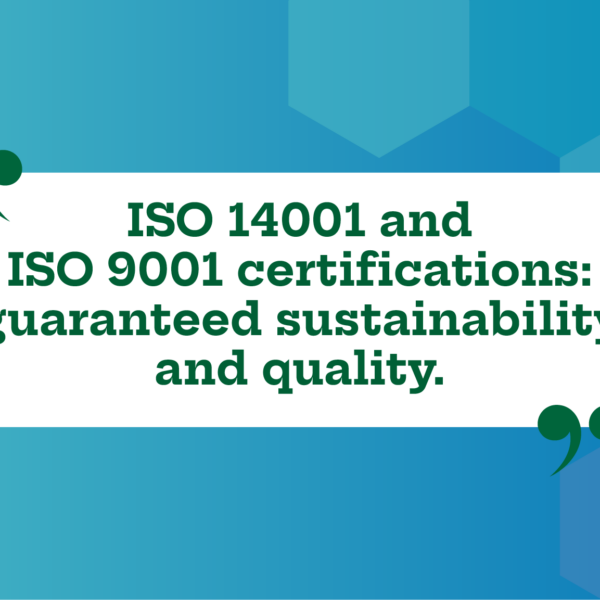
ISO certifications: guaranteed sustainability and quality
Environmental certifications demonstrate the Italian ceramic sanitaryware manufacturers’ commitment to sustainability.
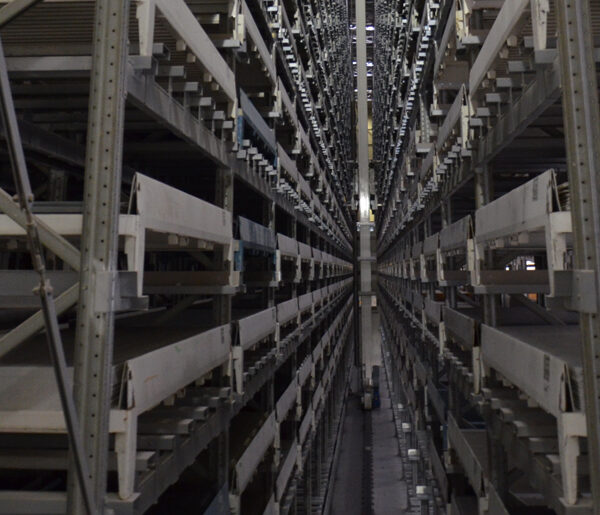
The pace of logistics real estate investments slows
Following the surge in growth triggered by the lockdown, the sector is consolidating with Europe-wide growth of 7% in 2022








